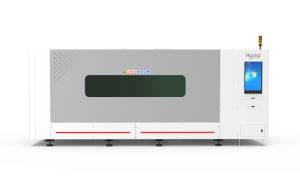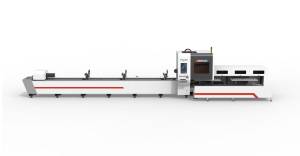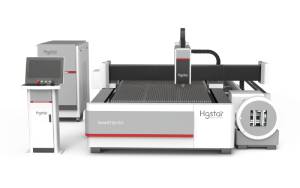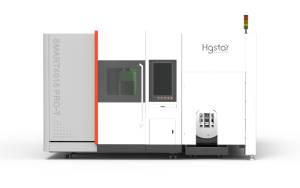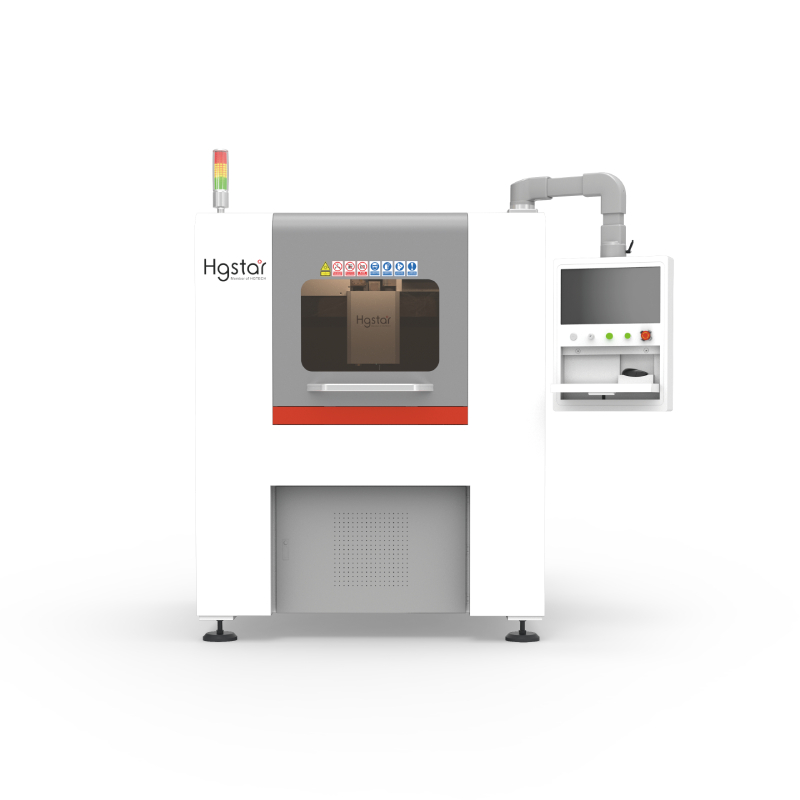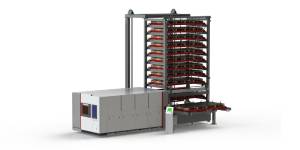Projects
Laser Welding Technology Promotes the Development of Stainless Steel Rail Transit Vehicles
Stainless steel railbus has the advantages of light weight, good corrosion resistance, simple manufacturing process, low maintenance workload, good safety performance, and is conducive to environmental protection, etc. Therefore, the development of stainless steel railbus has become an important development strategy for the rail transit industry in Europe, America, Japan and other industrially developed countries. At present, laser welding as a representative of the advanced welding technology is driving the rail transit vehicle manufacturing industry into a new era of development. Laser welding has the advantages of small shape deformation, small heat-affected zone, fast welding speed, large weld depth, etc., has been widely used in China in recent years.

Laser Welding
Laser welding is one of the most favored technologies in rail vehicles, which belongs to contactless welding and can weld steel plates of different steel types, thicknesses and surface treatments into a whole, differing from resistance roll seam welding, which makes the components lighter and has fewer parts through free combination, not only improving reliability and laying the foundation for wide body vehicle manufacturing, but also improving welding quality, increasing the steel yield and reducing production costs.
Laser Assembly Welding
Laser assembly welding is used to weld various body components that have been cut and formed into body-in-white sub-assemblies and then assembled into a complete vehicle body through two-piece assembly welding and multi-piece assembly welding. Laser assembly welding can significantly improve the strength, stiffness and tightness of the body due to its high welding strength. It is suitable for flexible production and has good investment benefits due to small bonding surface, small deformation, fast welding speed and wide range of weldable materials. However, laser assembly welding technology also has obvious disadvantages, such as strict requirements for fixtures, welded parts, monitoring accuracy, etc., the difficulty of post-welding inspection and evaluation and rework, a large one-time investment, etc.
The current stainless steel body development using resistance spot welding and laser welding technology to improve the appearance. Through the production and analysis of a large number of work specimens not only obtained 1-6mm stainless steel joints welding specifications (such as bevel preparation, welding current, welding voltage, welding speed, shielding gas composition and flow rate, etc.), test the tensile strength of the welded joint, yield strength, hardness, fatigue curve and other technical indicators and the completion of the stainless steel body end wall laser welding sample production and evaluation.
Laser-Arc Composite Welding
Rail vehicle body usually use stainless steel body, due to arc welding heat effects and deformation and other more serious, so in order to improve the appearance of the past often for painting operations, and now the choice of laser or resistance welding operations. Through the long-term processing technology application practice, accumulation and analysis, stainless steel joints welding specifications, fatigue curve, hardness, tensile strength, yield strength, and other technical indicators have been obtained or tested, the body of the laser welding sample assessment is also completed.







